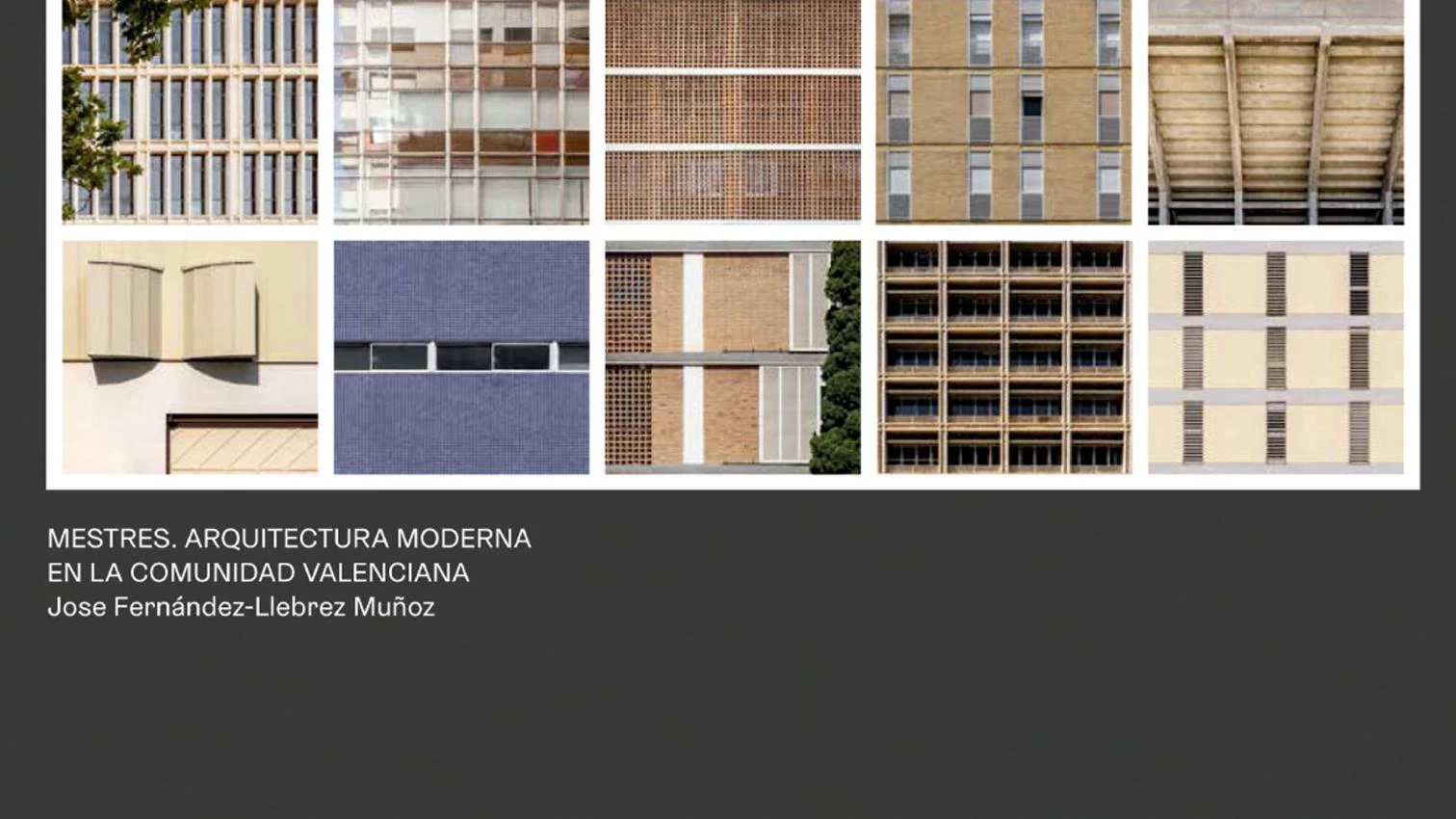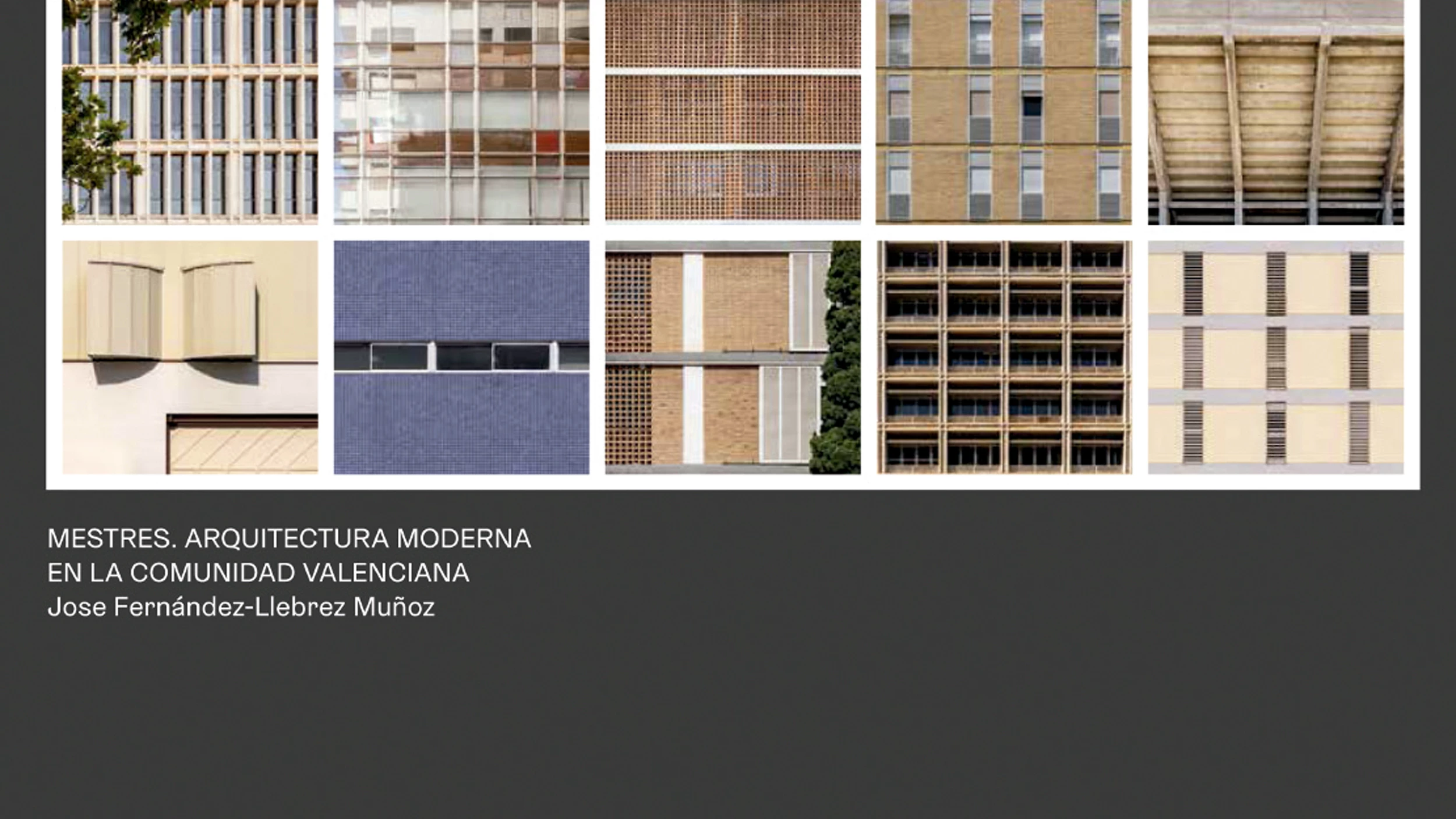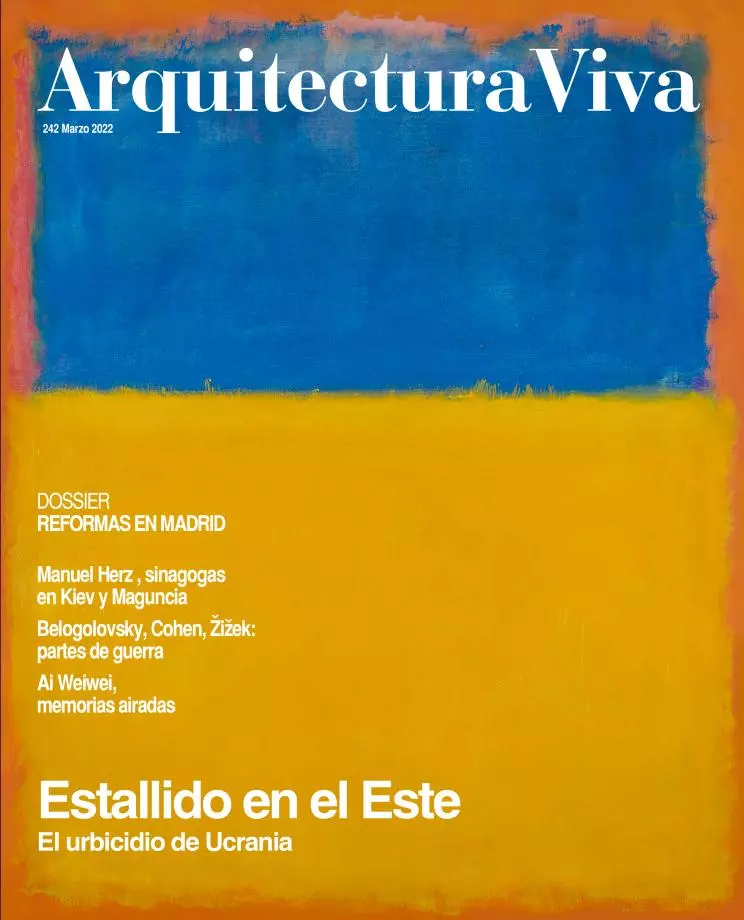
From the time that Sigfried Giedion established his generational theory of Modernity – that major bang on the table that was determined to be a tabula rasa – the idea of heritage was ready to put in an appearance. As the discourse of Modernity over time was understood by Giedion as a passing-on “from generation to generation,” the clean slate began to fill up with objects of all sorts. And if we regard the slate – cluttered with inherited goods – through the prism of the thermodynamic need to not waste the energy accumulated on its surface, what we find is a contemporary notion of ‘modern heritage.’
It is on this idea that the publication being reviewed pivots, revolving around the work of 14 architects from eastern Spain, the winners of the now 30-year-old Mestre Valencià d’Arquitectura Award.
The book begins with an essay by José Fernández-Llébrez that puts Valencian modernity in the general and national architectural contexts, and highlights the regional specificities of this architecture, influenced by its Mediterranean-ness but also the expansion of tourism and its impact on the urban and natural environment.
Completing the journey are buildings by the awardees (one by each) and write-ups on their respective oeuvres.
With the pieces formerly in disarray on the history slate now put in order, and the inventory of acquired assets duly made, the book can be a useful tool in administering received heritage: the legacy of modernity in the Valencian Community.







